This article was co-authored by Claudia Carberry, RD, MS. Claudia Carberry is a Registered Dietitian specializing in kidney transplants and counseling patients for weight loss at the University of Arkansas for Medical Sciences. She is a member of the Arkansas Academy of Nutrition and Dietetics. Claudia received her MS in Nutrition from the University of Tennessee Knoxville in 2010.
There are 11 references cited in this article, which can be found at the bottom of the page.
wikiHow marks an article as reader-approved once it receives enough positive feedback. This article received 15 testimonials and 100% of readers who voted found it helpful, earning it our reader-approved status.
This article has been viewed 368,630 times.
Flaxseed is high in fiber and Omega-3 fatty acids, as well as phytochemicals called lignans. One tablespoon of ground flaxseed contains 2 grams of polyunsaturated fatty acids, including Omega-3s, and 2 grams of dietary fiber. Flaxseed can improve your digestive health and relieve constipation. This superfood can also help to lower your blood cholesterol, thereby lowering your risk of heart disease.[1]
Steps
Adding Flaxseed to Your Diet
-
1Start with a small dose of flaxseed. Ground flaxseed, also referred to as “milled flaxseed” or “flax meal”, can cause bloating and abdominal discomfort if you do not give your body time to adjust to it. If you are just starting to use flaxseed, start with 1 tbsp (14 g) a day, and gradually add more to your diet.[2]
- Do not exceed 2 to 4 tbsp (28g to 56.7g) of flaxseed a day.
-
2Consume ground flaxseed, rather than whole flaxseed, if possible. You can consume whole flaxseed and still receive some nutritional benefits. But grinding the flaxseed will ensure your body digests the seed and processes it properly. This will allow your body to receive the maximum amount of health benefits from the flaxseed.[3]Advertisement
-
3Avoid flaxseed if you have bowel problems. Flaxseed can cause bloating and abdominal discomfort. If you have existing bowel issues like acute or chronic diarrhea, diverticulitis (colon disorder), or inflammatory bowel disease, avoid flaxseed as it can make these conditions worse.[4]
-
4Do not take flaxseed if you have a known allergy or sensitivity to flaxseed. You should also avoid this seed if you are allergic to flaxseed oil, or any other members of the Linaceae plant family.[5]
- Allergic reaction symptoms include itchy palms, hives, itchy eyes and weeping, nausea, diarrhea and vomiting after consuming flaxseed.
-
5Talk to your doctor before you take flaxseed if you are on other medications. Check with your doctor before you consume flaxseed to avoid other health issues.[6]
- If you currently have breast cancer, limit flaxseed to 2-3 Tbsp per day and avoid flax supplementation. Talk to your doctor and health care team before beginning this regimen.[7]
Using Ground Flaxseed
-
1Buy ground flaxseed in bulk. Look for whole flaxseed if you have access to a coffee grinder or small powerful blender, like a Ninja or Bullet, as whole flaxseed will pass through your body without being digested and you will not get the healthy benefits of this superfood.[8]
- Buying ground flaxseed is also a good option as you will not have to grind the flaxseed yourself.
-
2Grind whole flaxseed in a coffee grinder before use. You can also use a mortar and pestle to grind up the flaxseed. Don’t worry about making the flaxseed very fine or ground, simple break up the seeds so they form smaller pieces that your body can digest.[9]
-
3Consume ground flaxseed with other liquids. You can put the ground flaxseed in a liquid or consume it with a liquid on the side. Your intestines may be obstructed if you consume flaxseed without enough water or liquid.[10]
-
4Soak the seeds before you put them in smoothies or juices. Soaking the ground seeds will give them a soft, chewy texture that blends well in your smoothie or juice.[11]
- Put one heaping spoonful of ground flaxseed in a bowl. Pour enough water to submerge the seeds and cover the bowl. Leave the flaxseed to soak overnight.
- Add the swollen seeds to your morning smoothie or juice. Blend or stir them into the smoothie or juice. Flaxseed has a nutty flavor that pairs well with fruit and vegetable smoothies.
-
5Sprinkle flaxseeds on your yogurt or cereal. Ground flaxseed also pairs well with low fat yogurt or sugar free cereal. You can also add ground flaxseed to hot oatmeal for a nutty and healthy kick.[12]
-
6Add toasted flaxseed to salads and soups. Toast the ground flaxseed in the oven on a sheet pan or in a small toaster oven. Be sure not to burn the flaxseed. Sprinkle them on your salads and soups for a crunchy, nutty taste.[13]
-
7Bake flaxseeds in muffins, cookies, and cakes. Ground flaxseed is a great option for a low carb, high fiber diet. Using flaxseed in muffins, cookies, and cakes gives your baked goods a nice moist texture that is also good for you.[14]
- Try this one minute flax muffin recipe. Mix ¼ ground flaxseed with ½ teaspoon baking powder, ¼ teaspoon Stevia (or other sugar supplement), 1 teaspoon cinnamon, 1 egg, and 1 teaspoon coconut oil in a mug or small, microwave safe bowl.
- Microwave the mug or bowl for one minute on high.
- You also add frozen fruit like frozen blueberries or strawberries to the mixture. If you include frozen fruit, microwave the mug or bowl for one and a half minutes on high.
- Put a small amount of butter on the muffin and enjoy a low carb, high fiber snack.
-
8Keep ground flaxseed in an airtight container. The ground flaxseed will keep for several months in an airtight container.[15]
-
9Refrigerate whole seeds. Keeping whole seeds in the refrigerator will keep them fresh and ready for grinding.[16]
Using Flaxseed Oil
-
1Look for flaxseed oil at your local health food store. Flaxseed oil is an easy and safe way to ingest flaxseed without having to grind the seeds. It’s also a good moisturizer for your skin.[17]
-
2Mix flaxseed oil in salad dressings and soups. You can also drink 2-3 teaspoons of flaxseed oil a day in a glass of water or a smoothie.[18]
-
3Do not cook with flaxseed oil. Flaxseed oil has a low smoke point so it does not hold up to the high heat of a burner and is not recommended for cooking on the stove.[19]
-
4Put flaxseed oil in the refrigerator after use. Flaxseed oil can become unstable if exposed to heat, so keep it cool in the refrigerator after you use it.[20]
Expert Q&A
-
QuestionWhat does flaxseed do for your body?
 Claudia Carberry, RD, MSClaudia Carberry is a Registered Dietitian specializing in kidney transplants and counseling patients for weight loss at the University of Arkansas for Medical Sciences. She is a member of the Arkansas Academy of Nutrition and Dietetics. Claudia received her MS in Nutrition from the University of Tennessee Knoxville in 2010.
Claudia Carberry, RD, MSClaudia Carberry is a Registered Dietitian specializing in kidney transplants and counseling patients for weight loss at the University of Arkansas for Medical Sciences. She is a member of the Arkansas Academy of Nutrition and Dietetics. Claudia received her MS in Nutrition from the University of Tennessee Knoxville in 2010.
Master's Degree, Nutrition, University of Tennessee Knoxville Master's Degree, Nutrition, University of Tennessee KnoxvilleExpert AnswerFlaxseeds are high in Omega 3s and fiber. They are good for your heart and bowels.
Master's Degree, Nutrition, University of Tennessee KnoxvilleExpert AnswerFlaxseeds are high in Omega 3s and fiber. They are good for your heart and bowels. -
QuestionHow does flax seeds help with weight loss?
 Claudia Carberry, RD, MSClaudia Carberry is a Registered Dietitian specializing in kidney transplants and counseling patients for weight loss at the University of Arkansas for Medical Sciences. She is a member of the Arkansas Academy of Nutrition and Dietetics. Claudia received her MS in Nutrition from the University of Tennessee Knoxville in 2010.
Claudia Carberry, RD, MSClaudia Carberry is a Registered Dietitian specializing in kidney transplants and counseling patients for weight loss at the University of Arkansas for Medical Sciences. She is a member of the Arkansas Academy of Nutrition and Dietetics. Claudia received her MS in Nutrition from the University of Tennessee Knoxville in 2010.
Master's Degree, Nutrition, University of Tennessee Knoxville Master's Degree, Nutrition, University of Tennessee KnoxvilleExpert AnswerFlax seeds will help you feel full. Adding fiber to your diet will help you to eat less.
Master's Degree, Nutrition, University of Tennessee KnoxvilleExpert AnswerFlax seeds will help you feel full. Adding fiber to your diet will help you to eat less. -
QuestionCan you eat raw flax seed?
 Claudia Carberry, RD, MSClaudia Carberry is a Registered Dietitian specializing in kidney transplants and counseling patients for weight loss at the University of Arkansas for Medical Sciences. She is a member of the Arkansas Academy of Nutrition and Dietetics. Claudia received her MS in Nutrition from the University of Tennessee Knoxville in 2010.
Claudia Carberry, RD, MSClaudia Carberry is a Registered Dietitian specializing in kidney transplants and counseling patients for weight loss at the University of Arkansas for Medical Sciences. She is a member of the Arkansas Academy of Nutrition and Dietetics. Claudia received her MS in Nutrition from the University of Tennessee Knoxville in 2010.
Master's Degree, Nutrition, University of Tennessee Knoxville Master's Degree, Nutrition, University of Tennessee KnoxvilleExpert AnswerYes, raw flax seeds are fine. You will absorb it better if it is ground up, though.
Master's Degree, Nutrition, University of Tennessee KnoxvilleExpert AnswerYes, raw flax seeds are fine. You will absorb it better if it is ground up, though.
Warnings
- Never use flax seed/oil that smells off or has become sticky! This can be detrimental to your health.⧼thumbs_response⧽
- Flax seed cannot be used for high heat applications such as frying, because it will spoil the oil and make it harmful.⧼thumbs_response⧽
- Flax oil spoils easily if not in the right conditions; store it in a dark, UV protected bottle and in a cool, dark place. Flax seeds should also be stored correctly, away from heat and light. Ground flaxseed will stay fresh at room temperature for up to 4 days, in the fridge for up to 6 months, or in the freezer for up to 1 year.⧼thumbs_response⧽
Things You'll Need
- Whole or ground flaxseed
- Flaxseed oil
- Food processor or coffee grinder
References
- ↑ https://health.clevelandclinic.org/flaxseed-little-seed-big-benefits/
- ↑ https://my.clevelandclinic.org/health/articles/17651-plant-sources-of-omega-3s
- ↑ https://my.clevelandclinic.org/health/articles/17651-plant-sources-of-omega-3s
- ↑ https://health.clevelandclinic.org/flaxseed-little-seed-big-benefits/
- ↑ http://www.mayoclinic.org/drugs-supplements/flaxseed-and-flaxseed-oil/safety/HRB-20059416
- ↑ https://www.nccih.nih.gov/health/flaxseed-and-flaxseed-oil
- ↑ https://www.oncologynutrition.org/erfc/hot-topics/flaxseeds-and-breast-cancer/
- ↑ https://www.mayoclinic.org/healthy-lifestyle/nutrition-and-healthy-eating/expert-answers/flaxseed/faq-20058354
- ↑ https://my.clevelandclinic.org/health/articles/17651-plant-sources-of-omega-3s
- ↑ https://health.clevelandclinic.org/flaxseed-little-seed-big-benefits/
- ↑ http://www.theguardian.com/lifeandstyle/2007/mar/06/healthandwellbeing.health1
- ↑ https://www.thekitchn.com/five-ways-to-eat-flaxseeds-99170
- ↑ https://health.clevelandclinic.org/flaxseed-little-seed-big-benefits/
- ↑ https://www.healthyflax.org/recipes/how-to.php
- ↑ https://www.recipetips.com/kitchen-tips/t--1009/grain-storage-guide.asp
- ↑ https://my.clevelandclinic.org/health/articles/17651-plant-sources-of-omega-3s
- ↑ http://www.theguardian.com/lifeandstyle/2007/mar/06/healthandwellbeing.health1
- ↑ https://www.health.harvard.edu/heart-health/why-not-flaxseed-oil
- ↑ http://www.theguardian.com/lifeandstyle/2007/mar/06/healthandwellbeing.health1
- ↑ https://my.clevelandclinic.org/health/articles/17651-plant-sources-of-omega-3s
About This Article
To use flaxseed in your diet, start by adding 1 tbsp to your food each day so your body can get used to it. Otherwise, you may experience abdominal discomfort. You will get more nutritional benefits if you grind the flaxseed before you eat it, and it will be easier to digest. You can then sprinkle the ground flaxseed on your yogurt, cereal, or salads, or bake them into muffins, cookies, and cakes. If you’re adding the flaxseed to a smoothie or glass of juice, soak them in water overnight to give them a soft, chewy texture. To learn more from our Dietitian co-author, like how to use flaxseed oil, keep reading the article!
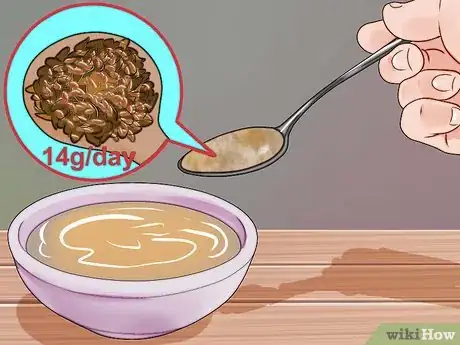
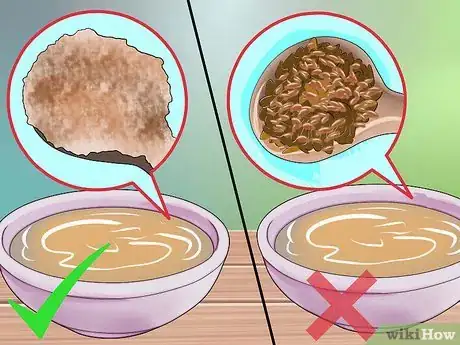
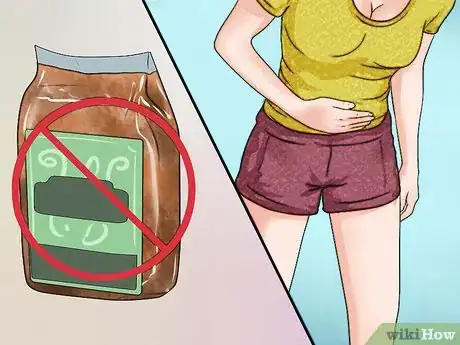
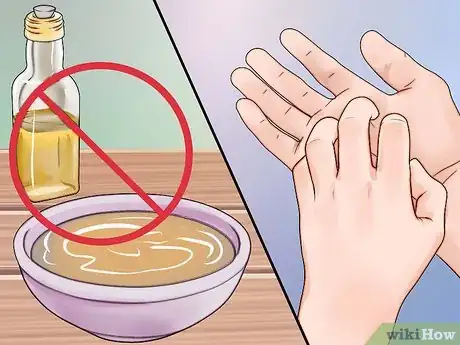

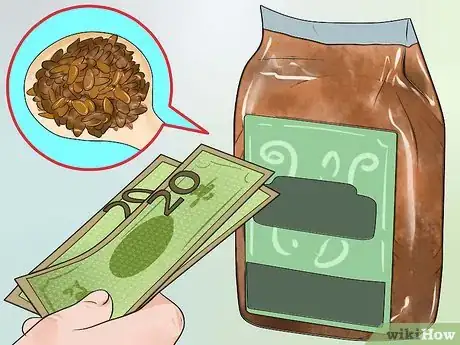
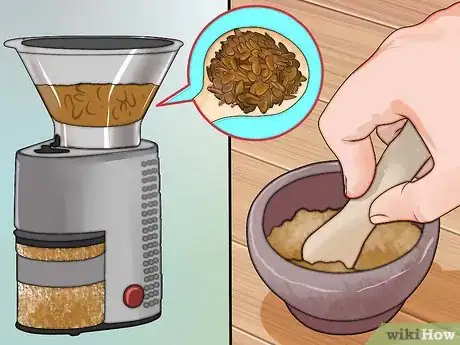
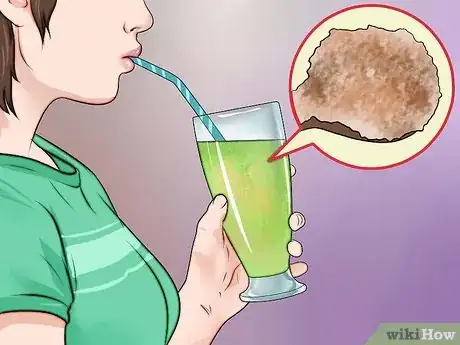

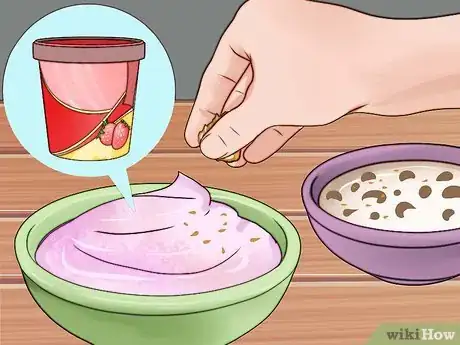

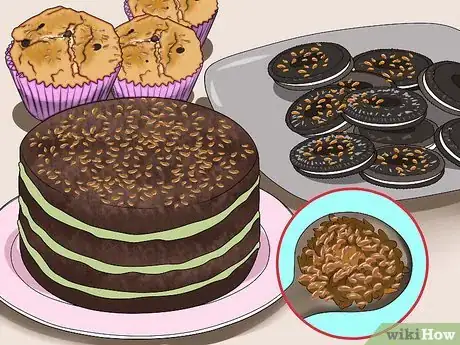
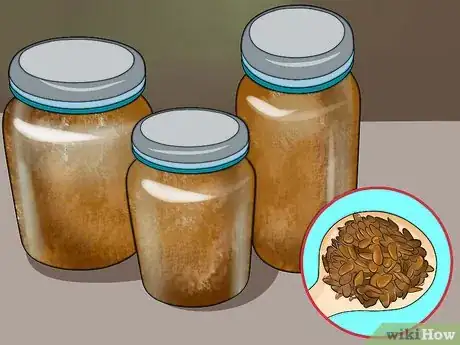
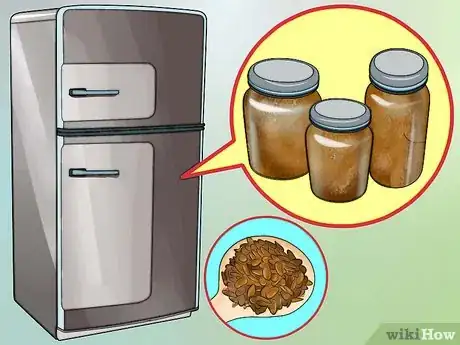


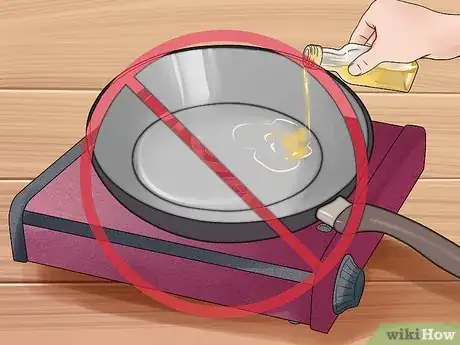

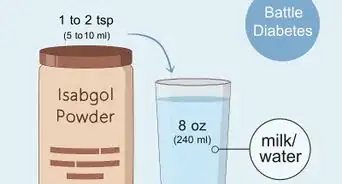

























































Medical Disclaimer
The content of this article is not intended to be a substitute for professional medical advice, examination, diagnosis, or treatment. You should always contact your doctor or other qualified healthcare professional before starting, changing, or stopping any kind of health treatment.
Read More...